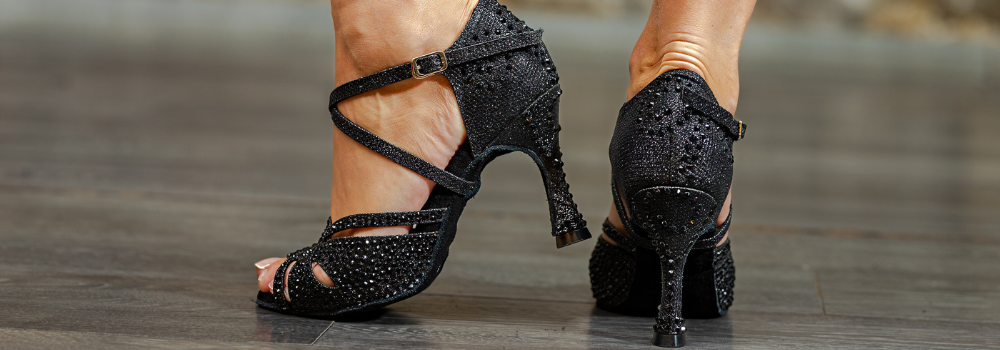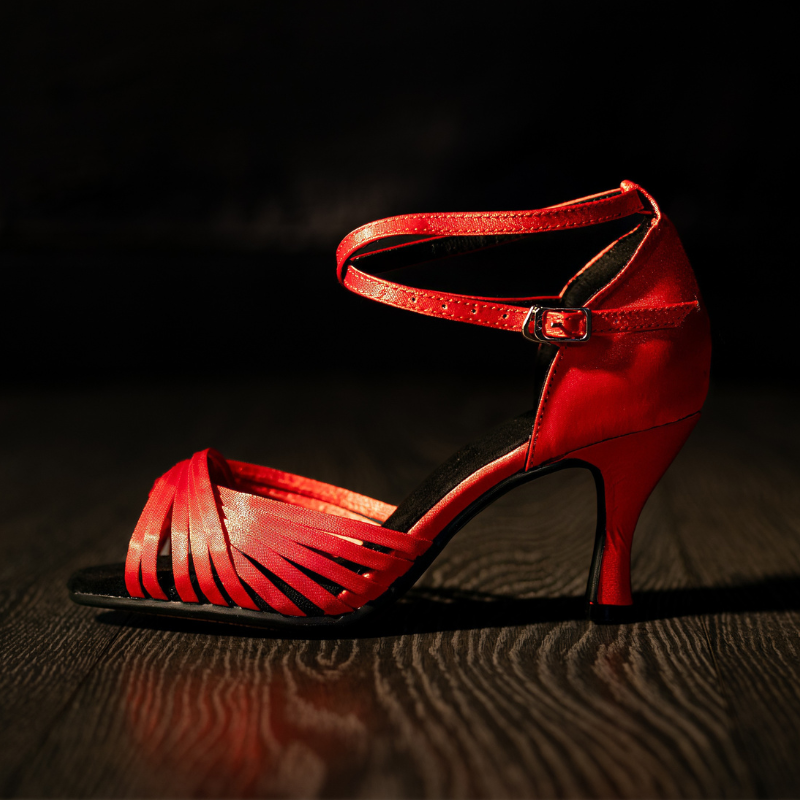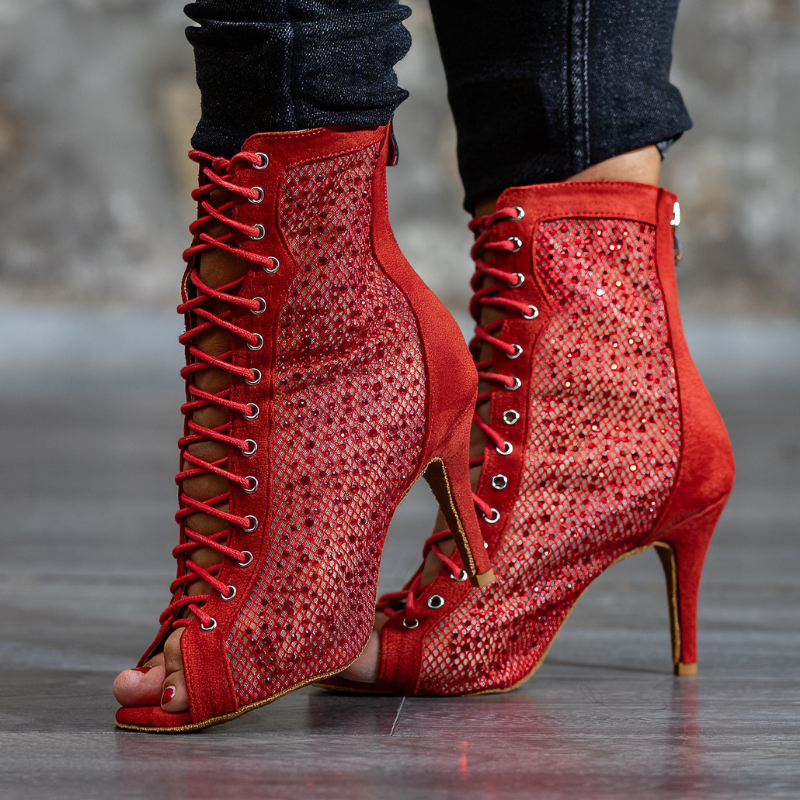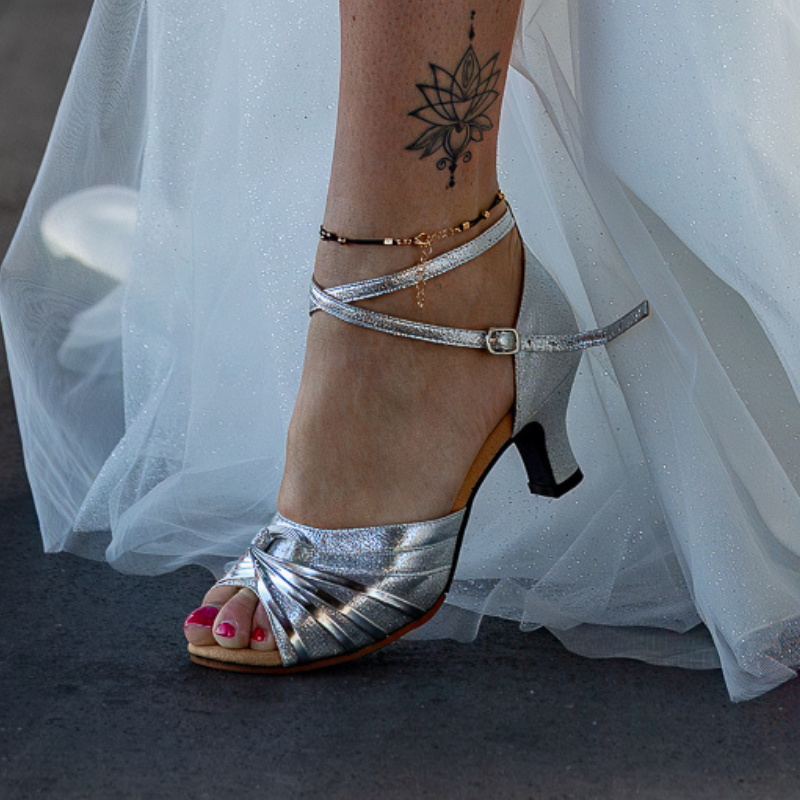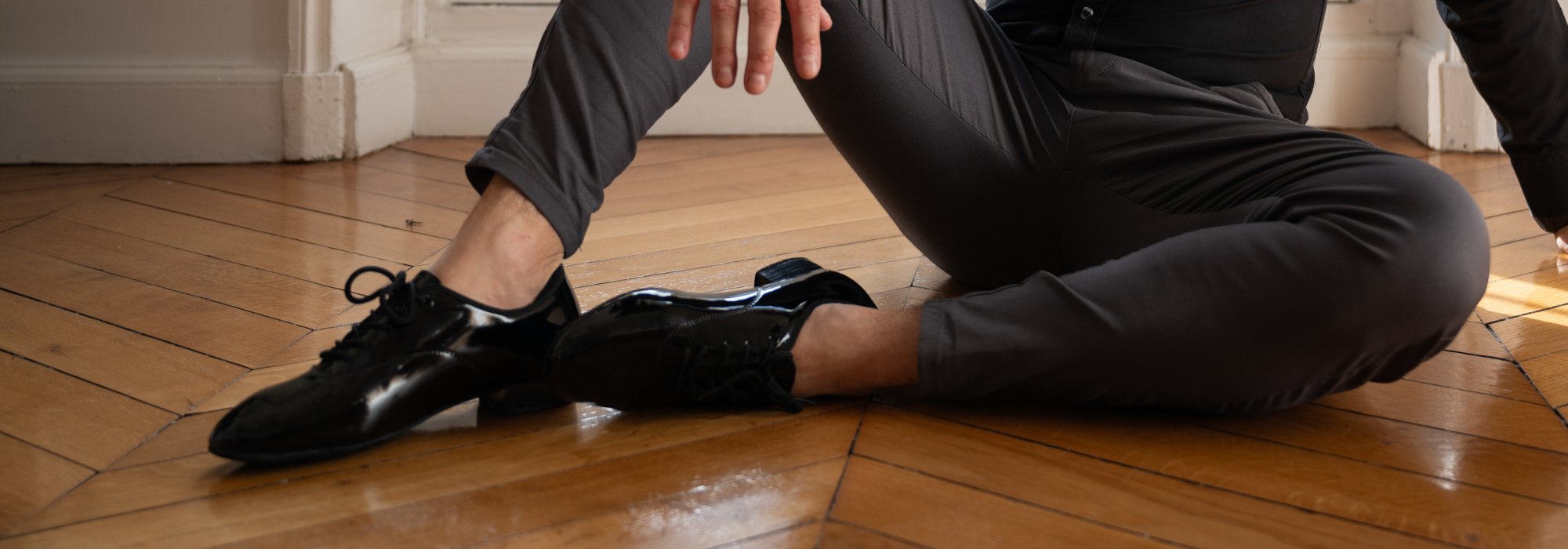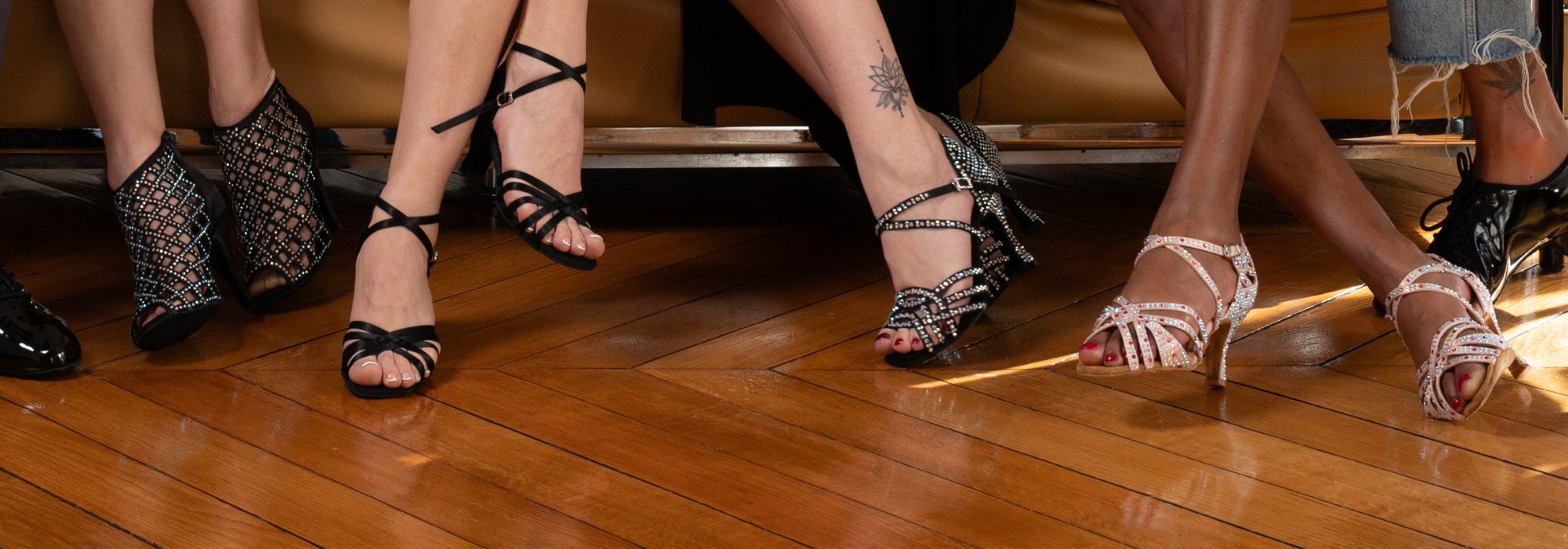How to start dance in heels (Heels) safely?
Daring your first steps in high heels is much more than a simple physical challenge: it is an adventure of trust, elegance and new sensation. Many dream of starting on a beginner Heels shoes track, but a legitimate question always comes back: how to start dance in heels (Heels) safely? Between glamorous images on Instagram and technical reality in the room, the transition deserves accompaniment and kindness. This article guides you, step by step, to combine style, security, stability and pleasure from the first sessions. Immerse in the fascinating universe of heels dance, boosts your confidence and discover how to tame this unique couple that your feet form ... and your heels!
Choose the right pair of beginner Heels shoes
Why the choice of shoes changes everything

The quest begins here: find the beginner Heels shoes adapted to your morphology and your practice. A well -chosen pair acts as your first dance partner. She supports you, reassures you and leads you to go beyond your limits ... without danger or unnecessary pain.
- Favor stability: non -slip sole, holding flange and maximum height of 7 - 8 cm to start.
- Opt for a flexible material that marries the foot: leather or suede, to combine comfort and support.
- Always check the finishes: seams, well screwed heel, no noticeable discomfort while trying.
Discover our category Heels shoes Specially selected to tame the dance with confidence.
Current error: Choosing too high or too fine heels
Starting with a 10 cm needle heel would be like wanting to dance a solo without learning. Prefers thicker heels (“Block Heels”) to maximize your stability and gain insurance with each step.
Prepare your body before putting your heels
Ankle mobility and the strength of the “center”

The secret of dancers with feline elegance? A solid center (abs, sheathing) and mobile ankles. Take the time to warm up feet, calves and ankles before each heels.
- Practice of slow rides of the ankles (10 times in each direction).
- Make a few peaks, to work stability and calf strength.
- Active your sheathing: board, abs, light squats to secure each movement.
Tip: Barefoot work before heels
Train your balances and your radiant posture barefoot or in socks: you gradually “print” your bearings before taking height with your heels. It's like learning to swim in shallow waters!
Adopt the right posture for more security
Dance alignment heels: stability key

To stand up in Heels is also a question of architecture. Imagine yourself like a light column on a well anchored base: relaxed shoulders, proud bust, slightly committed basin, weight distributed between the base of the toes and the heel. With each movement, think of “lengthening” your column, as if an invisible thread hoisted you up.
Error to avoid: to switch the weight backwards
Many beginners unconsciously slide the body backwards, which decreases stability and increases the risk of falling. Remember to move the body weight slightly, as if you wanted to "kiss" the ground with the front of the foot.
Master the first steps in Heels
Start gently: explore the space
Does not seek immediate performance. Make a few slow steps, feel the sensations, adjust your posture, play with weight transfer. Each advance is a dialogue between confidence and security.
- Walk in a straight line, then in an arc of a circle.
- Test different rhythms: slow, then a little faster.
- Use a mirror: he's a fantastic silent coach.
Training at home: small space, large victories
Use the corridors or along the furniture, when you are at home. Take support, if necessary, on a chair: each small step counts to tame your pair!
Secure your practice and prevent injuries
Know your limits and listen to your body

Dance in heels should never become a torture! Stop from the slightest pain, change your shoe or adjust your posture. Avoids slippery or too hard surfaces during the first training.
- Make regular breaks: Change shoes every 20–30 minutes at the start.
- Hydrate yourself and think about stretching after the session.
Security tip: learn to “fall” without panicking
Accept that it is possible to lose your balance sometimes (it happens to pros too!). If you stumble, release the body and bent the knees to amortize the fall, without stiffening your joints.
Develop balance and stability by having fun
Fun exercises: transforms the challenge into play
The balance trains! Try: Put on one foot, walk back, make eight on the ground with the tip of your foot. The more you have fun, the more you progress without realizing it.
- Slalom between objects (bottles, cushions) to perfect control and precision.
- Test mini-pirouettes, first near a wall for safety.
Sensation of floating: the magic of anchoring
Visualize yourself rooted in the ground while remaining light: like a large tree in the wind, you can oscillate ... but without ever breaking your balance.
Gain confidence not
Create an encouraging routine
Celebrate each progress: film yourself, share your victories with other students, even on dance groups in heels. Remember: confidence is built by practicing, not by remaining spectator. Let yourself be guided by pleasure, not by the pressure of “perfection”.
Get out of good people
Join beginner courses, dares to ask questions to experienced teachers and share your successes as your difficulties: the Heels community is benevolent and inspiring, especially in Paris! OUR Salsanueva Paris dance school Regularly offers initiation courses to cross the CAP in groups.
Maintain your Heels shoes and your body
Essential care for your heels
Clean them after each session, checks the condition of the soles and tightens the straps if necessary. Put them in a suitable shoe bag to preserve their shape. A good maintenance guarantees their sustainability… and your safety.
Think of recovery
After the dance, pamper your feet: self-massage, stretching, moisturizer. This is the winning duo for a real Wellness moment and dance for a long time, without accumulated pain.
Dare to express his personality ... safe
Marry style and caution
Display your style: color, materials, originality ... But never forget that security takes precedence over pure aesthetics, especially for the first steps. Your real elegance is expressed in the consciousness of your body and the fluidity of your movements.
Boost your charisma on the track
Dance in heels is a story of projection: imagine music traveling along your legs to the ground and prolonging your energy ray to the public. Your confident posture, nourished by good security reflexes, makes each of your movements unforgettable ... and without danger.
FAQ - Frequent questions
Which heel height to choose to start dance in heels (Heels)?
For beginner Heels shoes, a height of 5 to 8 cm is ideal: this offers both the elegant visual effect of the heel and excellent stability. Models with thick heels are also recommended to gain anchoring.
How to avoid sliding or falling while dancing in Heels?
Choose shoes with non-slip sole and make sure that the track surface is not too smooth. Take the time to warm your ankles and adopt a slightly tilted posture forward to better manage your balance.
Do I have to take a different size for Heels de Danse shoes?
The shoes designed for dancing heels must perfectly marry the shape of the foot without compressing or leaving a game. Sometimes, you choose half a-point below its city size, but it depends on the marks. Do not hesitate to consult the Salsanueva Size Guide Shop or to ask for advice.
Can you wear your Heels shoes outside?
It is not recommended to wear dance shoes outside: their sole is designed for internal use. Outside, you risk damaging them and losing safe on the track.
How long to train per session to progress without injuring yourself?
For the beginnings, 20 to 30 minutes per session is more than enough. Listen to your body and gradually increase the duration as you gain confidence and strength.
Can I wear heels if I have never danced before?
Quite ! Heels dance lessons are just thought of to guide beginners. Take the time to learn the basics and choose a suitable pair, and you will quickly discover the unique sensations of this art.
How do I know if my Heels shoes are well suited?
A good heel dance shoe should be adjusted, offer firm support without pain or excessive friction. Test different models, walks and moves in: you must feel safety, stability and the desire to start on the track.
Discover Our Beginner Heels Shoe models Available on our Salsanueva online store Shop, Thoughts for demanding dancers.

